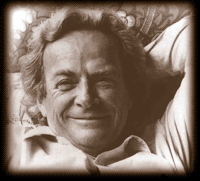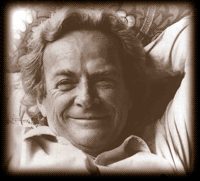Disclaimer: This material is being kept online for historical purposes. Though accurate at the time of publication, it is no longer being updated. The page may contain broken links or outdated information, and parts may not function in current web browsers.
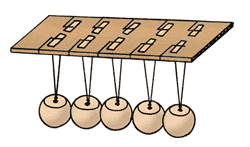
If you built a Newtonian Physics Machine, you have seen how we can discover laws of nature we see working every day. Humans understand these laws, first described by Isaac Newton 300 years ago. Now scientists have new tools to help them study how these well-known laws affect nature on the smallest and largest scales. And they also have new tools to discover laws of nature no one knows about yet.
NASA's "Fundamental Physics in Space" program uses the special "microgravity" conditions of space to test out new ideas about the laws of nature.
Scientists working on these questions are doing some very strange things! In one set of experiments, they will be testing the most accurate clocks ever made.
Like the moving balls of your Newtonian Physics Machine, the atoms and molecules that make up all matter are moving constantly. The faster the atoms in a material are moving, the hotter it is.
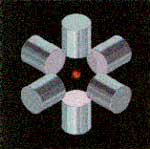
Scientists have found a way to super-cool atoms by slowing them down using laser beams. Lasers are a particular kind of "well-organized" light. The light acts kind of like very fast moving particles with . . . you guessed it . . . momentum! The light particles slow down the atoms that come at them from the opposite direction. If the lasers are pointing toward the same spot from several different directions, the atoms can't go much of anywhere.
Once the atoms are moving very slowly, it is much easier to use another kind of light, called microwaves, to measure the time it takes for the atom to go from one state to another. This time is so tiny, yet so constant, that if we can learn to measure it, we will be able to make clocks that are accurate to .000000000000001, or one-quadrillionth of a second!
For a couple of reasons, these experiments need to be done in space. They will be done on the International Space Station. In orbit around Earth, the Space Station and everything in it are in free fall, so the atoms in the experiments will not be disturbed by the effects of gravity. Also, the pull of Earth's gravity really is less the farther from Earth one goes. As you will see, this fact is an important part of these experiments.
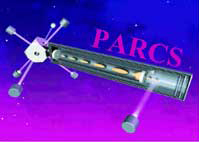 The Primary Atomic Reference Clock in Space (PARCS) experiment will put an advanced atomic clock on the International Space Station. This laser-cooled clock will be used to test a prediction of Einstein's Theory of Relativity. This prediction says that clocks tick slower in strong gravity than they do in weak gravity. The Space Station orbits at an altitude of 360 kilometers (220 miles), where gravity is slightly weaker than on Earth's surface. (Remember, the astronauts feel weightless only because they are in free fall.) If Einstein's theory is correct, a clock aboard the Space Station should tick faster than a clock on the surface of the Earth by about 1 second in every 10,000 years. It will take a very accurate clock to measure this tiny change! |
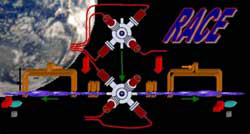 The Rubidium Atomic Clock Experiment (RACE) will build on the PARCS experiment to make an even more accurate clock. This clock will keep time so well that if it ran for three billion years it would lose less than 1 second! Future clocks based on the technology developed for RACE might be used to coordinate all of the world's clocks, as well as for telecommunications, and navigation—both on Earth and in space. |



